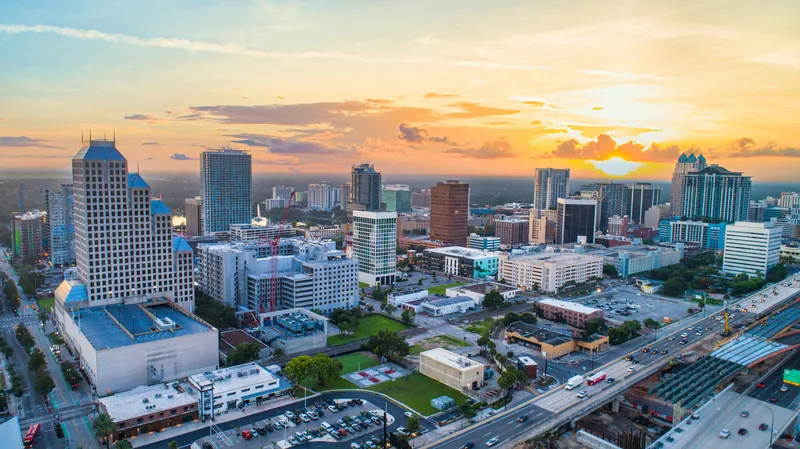
Work has now started on 51km of new auxiliary lanes to be added to I-75, from State Road 44 in Wildwood to State Road 326 in Ocala. This latest Moving Florida Forward project has been fully funded and is beginning 10-15 years ahead of schedule.
The addition of regular and express lanes on I-275 in Pinellas County, which is projected to reduce travel delays by up to 85% and adds capacity along a major hurricane evacuation route.
One of the projects is for a redesign of the Golden Glades interchange on I-95 in Miami-Dade County to enhance connectivity between major road corridors in the region.
The realignment of US 301 from CR 470 to Florida’s Turnpike in Sumter County is projected to increase mobility and reduce delays by up to 94% during peak hours.
Florida is currently experiencing unprecedented population growth and is projected to grow by 1,000 people/day over the next 30 years – with some areas of the state currently experiencing more than 20 percent growth rates. As the state continues to experience rapid population and tourism growth, the Moving Florida Forward Infrastructure Initiative focuses on critical improvements to ensure that transportation infrastructure can meet the demands of current and future residents and visitors, including investments in major interstates and arterial roadways to ensure people and goods can move safely throughout the state. At least 20 major interstate and roadway projects across the state have been expedited through this initiative.







